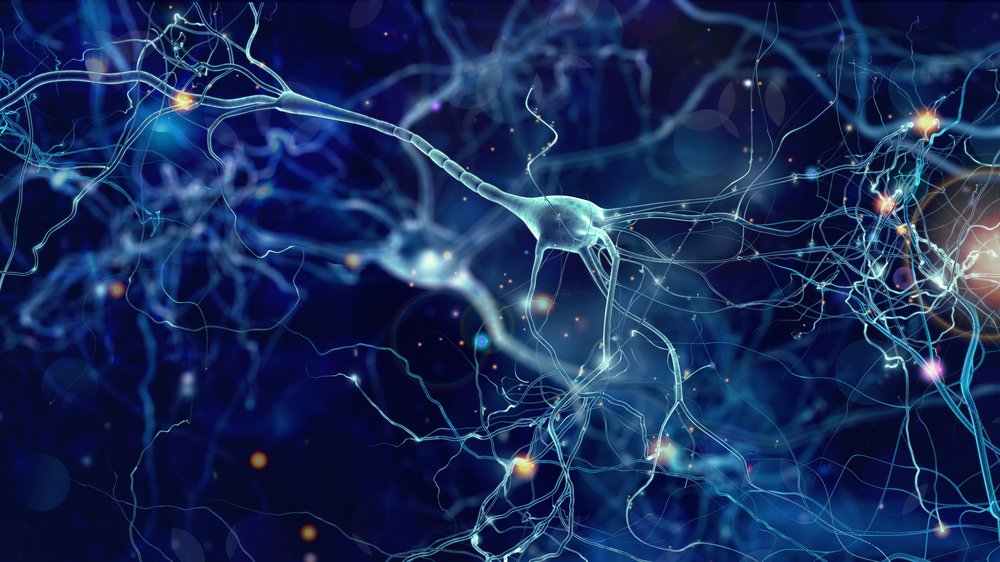Genomic ‘Dark Matter’ Bridges Gap Between Parkinson’s, Other Neuropsychiatric Disorders, Study Finds

Researchers from the Brigham and Women’s Hospital and Harvard Medical School found more than 70,000 genetic sequences that do not encode proteins — called transcribed noncoding elements (TNEs) — active in dopamine neurons that are gradually lost over the course of Parkinsons’ disease.
Their findings indicate there may be a connection between these noncoding elements active in dopamine-producing neurons and genetic risk variants of Parkinson’s and other neuropsychiatric disorders, including addiction, schizophrenia, and bipolar disorder.
“We found that a whopping 64 percent of the human genome — the vast majority of which is ‘dark matter’ DNA that does not code proteins — is expressed in dopamine neurons in the human brain,” Clemens Scherzer, MD, a neurologist and genomicist who directs the APDA Center for Advanced Parkinson’s Disease Research and leads the Precision Neurology Program at Brigham and Women’s Hospital, said in a press release. “These are critical and specialized cells in the human brain, which are working sluggishly in Parkinson’s disease, but might be overactive in schizophrenia.”
The study, “Enhancers active in dopamine neurons are a primary link between genetic variation and neuropsychiatric disease,” was published in Nature Neuroscience.
Using a new technique called laser-capture RNA sequencing, which allows researchers to analyze the entire RNA content of dopamine neurons cut out from human brain sections with a laser, Scherzer’s team analyzed more than 40,000 dopamine-producing neurons extracted from 86 post-mortem brains of subjects without a clinical diagnosis of neurodegenerative disease.
Want to learn more about the latest research in Parkinson’s Disease? Ask your questions in our research forum.
Data revealed that dopamine-producing neurons had a total of 71,022 TNEs, 33% of which were active enhancers — regulatory sites that work like “switches” to turn on the expression of specific genes in neurons. Many of these TNEs had never been described in the brain before, and most (57.5%) were exclusively expressed in human dopamine neurons, and not detected in other types of nerve cells.
Interestingly, a high percentage of the TNEs described were enriched in genetic variants of several neuropsychiatric disorders, including not only Parkinson’s, but also schizophrenia, bipolar disorder, and addiction.
“This work suggests that noncoding RNAs active in dopamine neurons are a surprising link between genetic risk, Parkinson’s and psychiatric disease,” Scherzer said. “Based on this connection we hypothesize that the risk variants might fiddle with the gene switches of dopamine-producing brain cells.”
Scherzer’s team has compiled all the findings in a publicly available database called BRAINcode they hope will contribute to advancing studies focused on defining disease targets and biomarkers for Parkinson’s and other neuropsychiatric disorders.
“It has clear applications for the genetics of more than 20 million patients in the United States alone with perturbed dopamine systems, in narrowing the search window for functional associations and therapeutic nodes, and for defining the regulatory networks that underpin this archetype of a human brain neuron,” the researchers wrote in the study.






